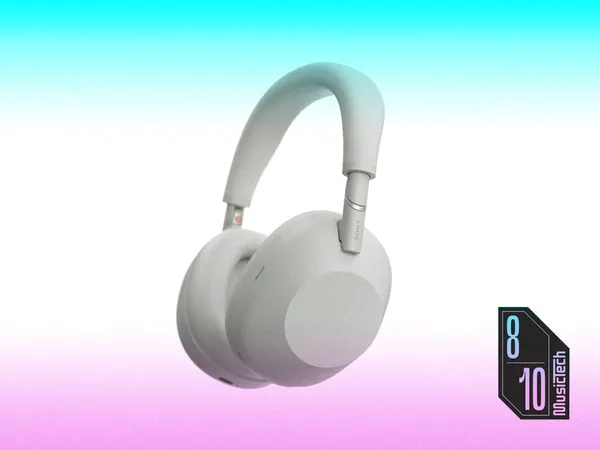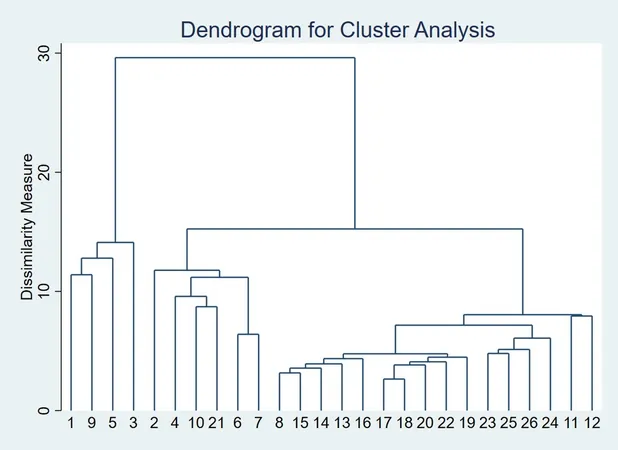
Revolutionary Medical Discovery: How Surface Patterns Can Stop Deadly Bacteria
2025-06-18
Author: Rajesh
A Game-Changer in Infection Prevention
Groundbreaking research from the University of Nottingham is rewriting the rulebook on preventing infections from medical devices like catheters. Scientists have uncovered how specific surface patterns on medical device plastics can significantly curb the ability of harmful bacteria to attach and multiply, potentially saving countless lives.
The Deadly Secret of Biofilms
Biofilms, often described as 'slime cities,' serve as protective barriers for bacteria, enabling them to thrive despite the body's defenses. By preventing these stubborn formations, researchers believe they can halt infections in their tracks while simultaneously activating the immune system to eliminate any lingering bacteria.
Expert Insights on the Breakthrough
Professor Paul Williams, a leading researcher in the School of Life Sciences, emphasized the implications of this discovery, stating, "We could drastically reduce the number of infections tied to medical devices. This method not only prevents bacterial adhesion but activates the immune response to eradicate any stuck pathogens."
Combating a Global Healthcare Crisis
The research highlights a stark reality: biofilm formation on medical devices is a pressing global health issue leading to increased patient suffering. Traditional methods—like embedding antibiotics into device materials—have limitations, including dwindling effectiveness over time and the rise of antibiotic resistance.
Cutting-Edge Research Techniques
Investigators explored over 2,000 different surface designs made from plastics such as polyurethane, which is widely used in hospitals. Utilizing an innovative tool called the TopoChip, the team engaged in a high-throughput screening of potential patterns that could deter biofilm formation.
A Revolutionary Approach
Instead of relying solely on antibiotics, the research team sought to create surfaces that bacteria instinctively dislike. Their findings revealed that microscopic grooves on surfaces can trick bacteria into producing a lubricant that prevents them from adhering, thus significantly mitigating biofilm formation.
Promising Results in Animal Models
Experiments conducted in mouse models indicated that these specially designed surfaces maintain their anti-attachment properties even in live specimens. This resilience suggests that these micro-patterns could be a game-changer in clinical settings.
The Future is Bright!
With the potential to revolutionize infection control in medical devices, researchers are optimistic. Professor Morgan Alexander highlighted that utilizing these patterned surfaces could be implemented on existing materials, reducing costs and expediting commercialization. The team aims to partner with medical device companies to bring this breakthrough technology to the forefront of healthcare.
A Call to Action
As this innovative approach unfolds, the medical community is keen to embrace these findings, offering hope in the fight against persistent infections. The possibility of saving lives while lowering healthcare costs has never been closer!





 Brasil (PT)
Brasil (PT)
 Canada (EN)
Canada (EN)
 Chile (ES)
Chile (ES)
 Česko (CS)
Česko (CS)
 대한민국 (KO)
대한민국 (KO)
 España (ES)
España (ES)
 France (FR)
France (FR)
 Hong Kong (EN)
Hong Kong (EN)
 Italia (IT)
Italia (IT)
 日本 (JA)
日本 (JA)
 Magyarország (HU)
Magyarország (HU)
 Norge (NO)
Norge (NO)
 Polska (PL)
Polska (PL)
 Schweiz (DE)
Schweiz (DE)
 Singapore (EN)
Singapore (EN)
 Sverige (SV)
Sverige (SV)
 Suomi (FI)
Suomi (FI)
 Türkiye (TR)
Türkiye (TR)
 الإمارات العربية المتحدة (AR)
الإمارات العربية المتحدة (AR)